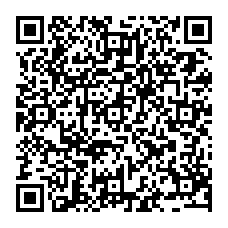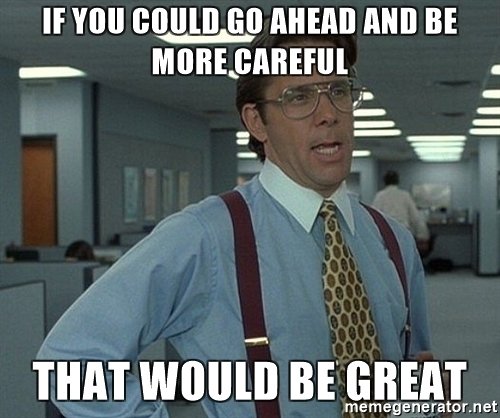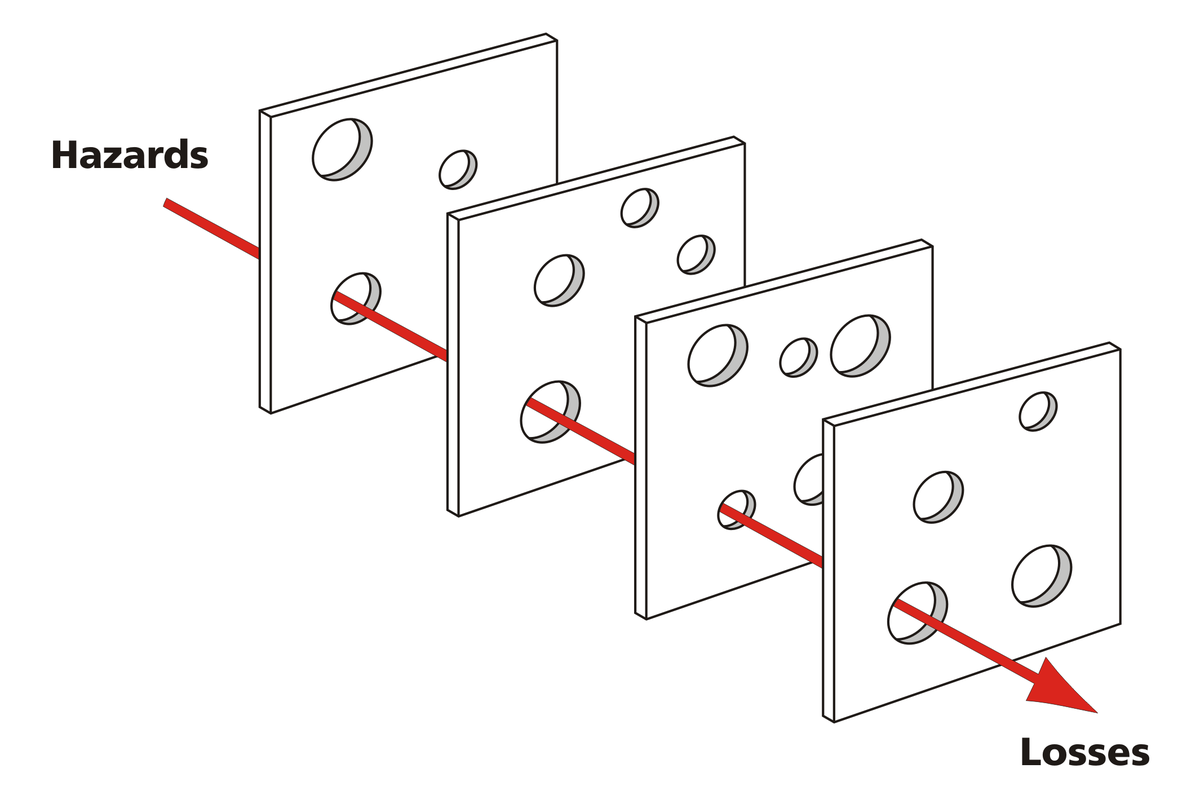To Err is Human
Introduction to modern safety thinking
Avishai Ish-Shalom (@nukemberg)
Software Fairy @Wix

Gitlab Failure

GitLab Failure TLDR
31/01/2017, around tea time
- gitlab.com goes down for 18 hours
- Irrecoverable data loss: 5k projects, 5k comments, 700 users
- Wrong DB server erased
- All backups failed

Long Version (1/2)
- Increased load on DB
- WAL replication failed
- Attempts to re-mirror slave failed
-
Primary DB reconfigured, still no joy
-
pg_basebackup assumed to be the culprit
-
Engineer tries to remove DB directory on slave, removed on primary instead


Long version (2/2)
- Attempts to restore from pg_dump backups fail - S3 bucket was empty
- Backups silently failed for months (email issue)
- Azure disk snapshots not enabled
- Latest LVM snapshot 6 hours old (by chance), but on staging
- Staging environment very slow, snapshot copy takes 18 hours to complete
- Restore from backup was never tested

What Happened?

Preventing Human Error
- Post mortem investigation of accidents
- Revoke privileges
- Write strict procedures for everything
- Punish people who make mistakes
- Reviews, approvals, committees
- Specialization
From
Safety I
to
Safety II
Safety I in a Nutshell
- Focus on preventing bad things
- Accidents are caused by failures and malfunctions. The purpose of an investigation is to identify the causes
- Humans are a substantial cause of failure
- Tight control of "Risky" operations
- Special "safety" teams
When something happens or a risk observed, act!

Humans are the Problem
- Eliminate human intervention where possible
- Following procedures prevents problems
- Divide and control

The Falling Domino Model
- Linear cause and effect
- Single cause
- Time ordered
- Cut the chain - prevent the failure

The Different Causes Hypothesis
Failures have different (special) causes than success

Does Safety I work?
- Culture of fear
- Gaming stats
- Complex failures cannot be prevented
- Hurts your main business
The Usual Suspects
- Bias towards new information - "anchoring" effect
- Confirmation bias
- Hindsight bias

Swiss Cheese Model
- Combination of causes
- Multiple layers
- Non linear
- Explains complex failures

"Human Error"
Nobody comes to work to die.
Human Error
or
Inhuman Systems?
Human Variability
- Performance varies naturally
- Humans excel at dealing with novel situations
- Humans suck at repetitive/dull cognitive tasks
- Fatigue
- Biases
Goal Conflicts
No system exists just to be safe.
How Do Things Go Right?

Work as Imagined
vs
Work as Done
- Adjustments to a changing world
- People bypass regulation to get work done
- Regulations out of touch with reality
- Production pressures
Safety II
Safety == maximum success
Safety II in a Nutshell
- Focus on making things go right
- Humans are a source of resilience
- Complex world, multiple causes
- Can't separate "failure" from "success"
Safety is created by the people who do the work!

Let's Take a Look at our Industry
The NOC
(what's wrong with this picture?)

NOC
- Humans bad at monitoring screens
- Distracting environment
- Bad ergonomics
- Noise, stress
- Separate staff from original engineers
- Limited access
Safety I incarnate
Dashboards




Better Dashboards

We Can Do Better!
- Etsy
- Netflix
Continuous Deployment!
Nagios Herald

Operator Context

Moving to Safety II
Human Oriented Systems
- Better C&C UX
- Operator context
- Simplified systems
- Human friendly automation
Study "Work as Done"
- Empower people
- Blameless post mortems
- Forget "root cause"
- Study "normal" work
- Shorter, better feedback loops
- Consolidate emergency and normal procedures
Learning more
-
Safety Differently, Dekker (2017)
-
Ironies of Automation, Bainbridge (1983)
-
How complex systems fail, Cook (2002)
-
Field Guide to Understanding Human Error, Dekker (2002)
-
Normal Accidents: Living with High-Risk Technologies, Perrow (1984)
-
Safety I and Safety II, Hollnagel (2014)

Questions?

To Err is Human
By Avishai Ish-Shalom
To Err is Human
An introduction to modern safety thinking
- 3,564



